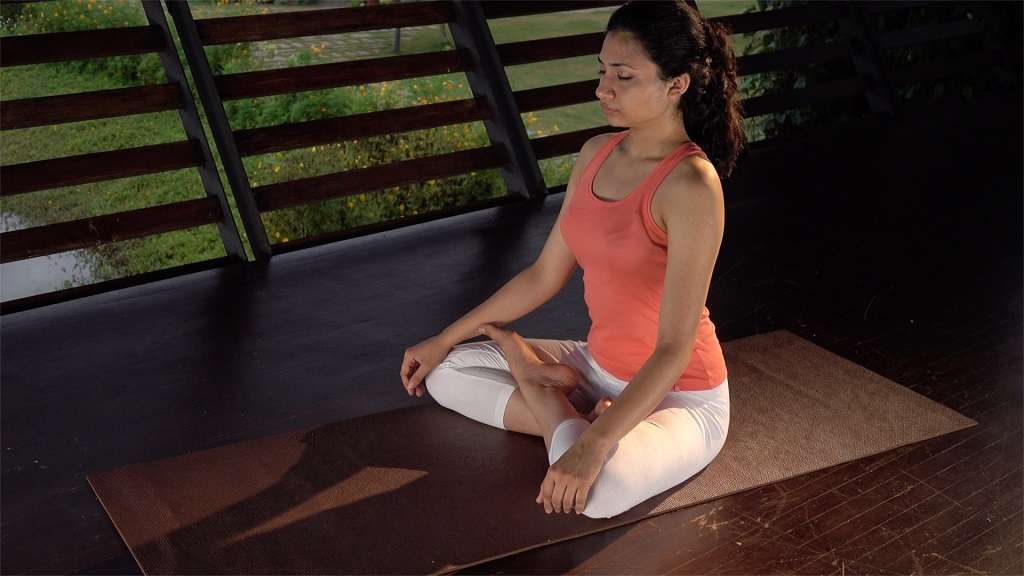


The impact of the yogic practice on mental health is also widely recognised. This is another reason why the practice of pranayama and pratyahara have been inculcated by many modern schools of yoga.
In the recent times, yoga has gained much popularity in different parts of the world. In many Western countries, yoga is seen as a form of physical exercise. Today, yoga is commonly understood as a secular physical discipline as well.
Most yoga centres are mindful of the modern forms of yoga that are popular around the world. These forms lay emphasis on “asanas” or bodily postures, and yoga centres around the world teach them to large numbers of people. These postures are known to strengthen the spine and also render it flexible.
While most forms of exercise aim to increase heart rate and activity levels in general, yoga focuses on maintaining equilibrium. Traditionally, in fact, asanas have been described as postures that best relax the body. This quality of relaxation has made the practice accessible to large numbers of people who lead taxing lifestyles. The popularity of yoga as a type of physical exercise has also been bolstered by the use of the discipline to treat physical illnesses. Important description of Asana given by Pathanjali in his Yoga Sutra is "Sthira Sukham Asanam". This means Asana is Steady and Comfortable Posture.
Modern schools of yoga is following lighter versions of the Hatha yoga. Hatha yoga lays emphasis on the disciplining of the body and the mind through the practice of asanas and pranayama. Around the world - and in Kerala, where yoga is a widespread practice - centres and practitioners teach Hatha yoga.